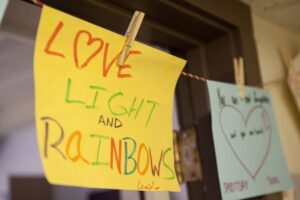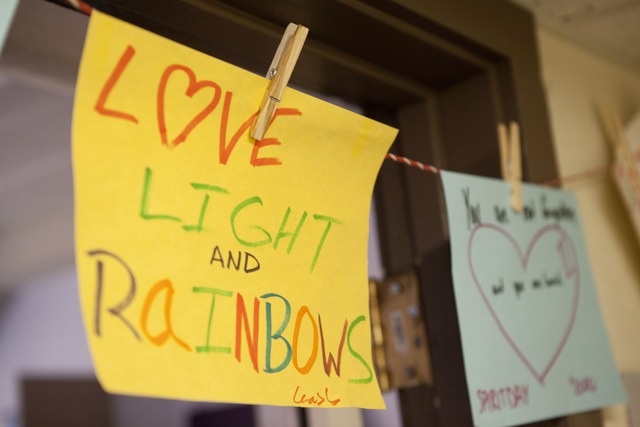Feature
 Eric Williams ericwphoto.com
Eric Williams ericwphoto.com
Feature
 “It’s not as if gender orientation is this fixed, single target,” says 20-year-old Tenzin Beck. “That’s another thing that younger people are realizing more and more.”
Eric Williams ericwphoto.com
“It’s not as if gender orientation is this fixed, single target,” says 20-year-old Tenzin Beck. “That’s another thing that younger people are realizing more and more.”
Eric Williams ericwphoto.com












